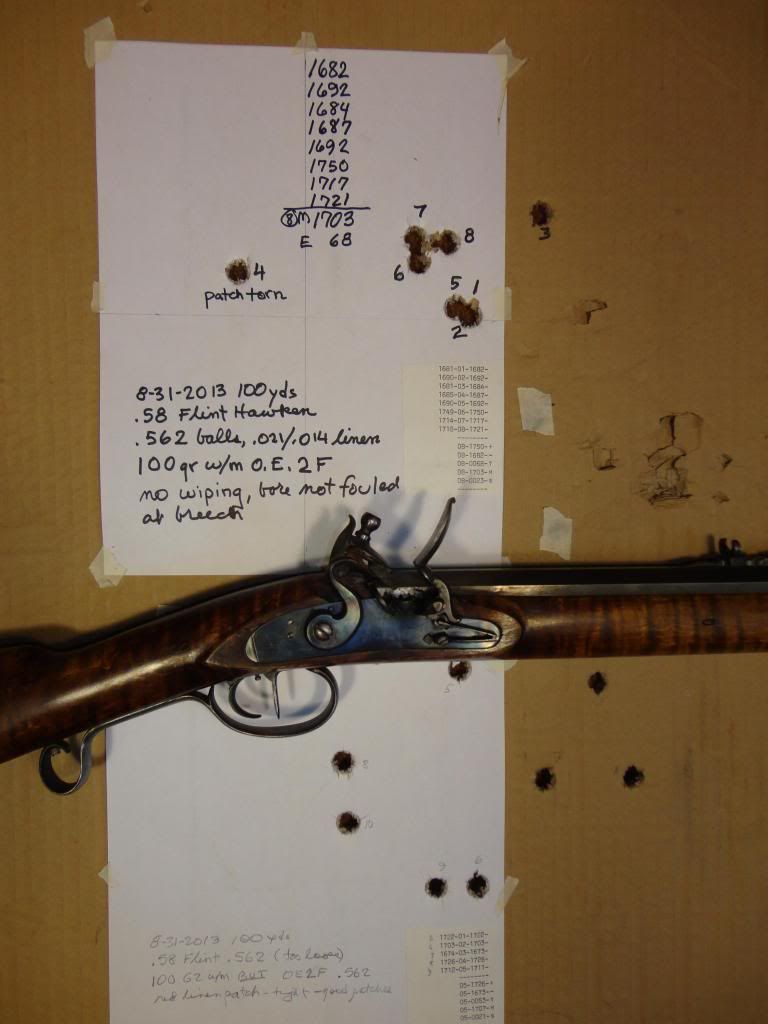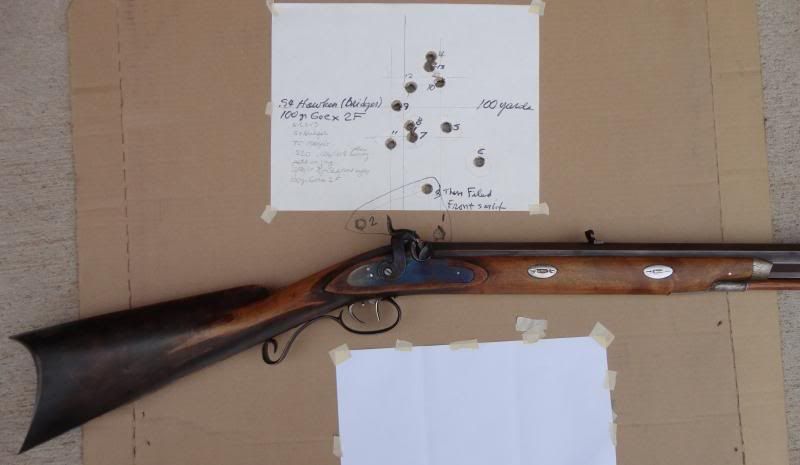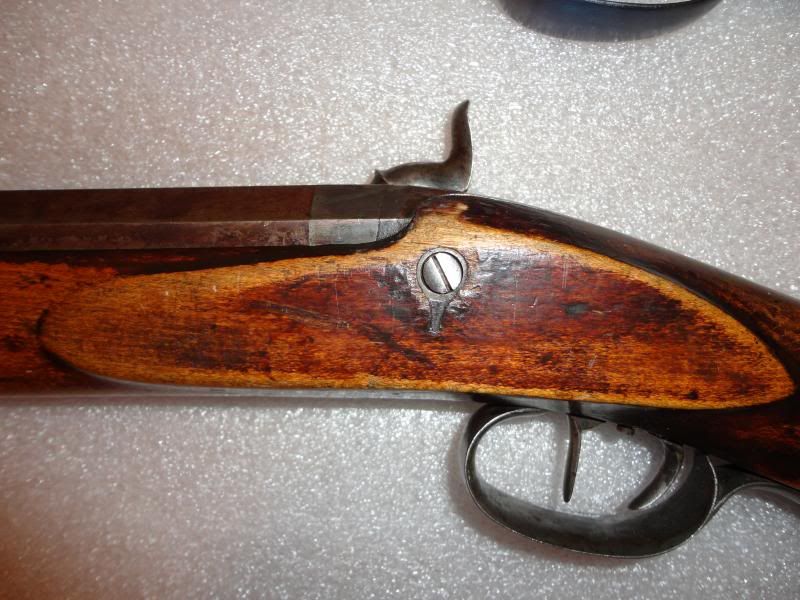I am building a Virginia 54 smoothbore. To check my finishing of the steel buttplate, I torch blued a portion of it. The color came out very nice, more of a deep navy blue. My question is, does anyone use this method (without oil) to color steel parts? How durable is it? Thanks for any and all input.
-
This community needs YOUR help today. We rely 100% on Supporting Memberships to fund our efforts. With the ever increasing fees of everything, we need help. We need more Supporting Members, today. Please invest back into this community. I will ship a few decals too in addition to all the account perks you get.

Sign up here: https://www.muzzleloadingforum.com/account/upgrades -
Friends, our 2nd Amendment rights are always under attack and the NRA has been a constant for decades in helping fight that fight.
We have partnered with the NRA to offer you a discount on membership and Muzzleloading Forum gets a small percentage too of each membership, so you are supporting both the NRA and us.
Use this link to sign up please; https://membership.nra.org/recruiters/join/XR045103
You are using an out of date browser. It may not display this or other websites correctly.
You should upgrade or use an alternative browser.
You should upgrade or use an alternative browser.
Torch blue?
- Thread starter JeffG
- Start date

Help Support Muzzleloading Forum:
This site may earn a commission from merchant affiliate
links, including eBay, Amazon, and others.
- Joined
- Aug 25, 2003
- Messages
- 6,387
- Reaction score
- 1,252
Can be very pretty , but will not last where handled often.
That's what I suspected...
- Joined
- Aug 25, 2003
- Messages
- 6,387
- Reaction score
- 1,252
Heat colors are just a thin layer of oxidation. You can coat the colored part with a coat of clear laquer and it will last longer, but not forever.
Herb
54 Cal.
- Joined
- Mar 19, 2004
- Messages
- 1,953
- Reaction score
- 445
I like propane torch bluing. This .58 Hawken fullstock I built about 8 years ago and it has been shot at least 1500 times, hunted elk in the rain and snow for 8 days in two years. This blue is tough. You can hit CONTROL and the + sign to enlarge the photo so you can see it better. Also you can read the bottom target.

I built a copy of Jim Bridger's Hawken and heat blued the lock, triggers, trigger guard, butt plate and toe plate. (Browned the barrel but heat blued the plug and tang). I photographed it against the original in Helena, Montana and then decided to wear my blue off. 4/0 steel wool wouldn't remove it, I had to go to emory cloth to remove some of it. It is easy to use, and if it does wear off, it is simple to re-do it.


I built a copy of Jim Bridger's Hawken and heat blued the lock, triggers, trigger guard, butt plate and toe plate. (Browned the barrel but heat blued the plug and tang). I photographed it against the original in Helena, Montana and then decided to wear my blue off. 4/0 steel wool wouldn't remove it, I had to go to emory cloth to remove some of it. It is easy to use, and if it does wear off, it is simple to re-do it.

Herb
54 Cal.
- Joined
- Mar 19, 2004
- Messages
- 1,953
- Reaction score
- 445
The plug and tang are color case (hardened, I guess, don't know the right term). The barrels may be browned or blued and then went to a kind of brown patina over many years. Doc White at the Green River Rifle Works told me the Bridger Hawken had a browned barrel. Here is the Jim Bridger plug and barrel in the Helena Museum.


Thanks for the good photo- the barrel is definately been handled differently from the other parts. The trigger guard must have been blued and the breech plug and hammer and triggers look pretty much the same- either blued or casehardened. I'd say anyone would be on firm footing by browning the barrel and bluing the other parts.
Very nice! I have lots of time to think about it. Lots of work before I get that far.... :hatsoff:
Why no oil? When I have done heat bluing I have always immediately dunked the hot part into an oil bath. Then remove the part and let the oil remain on the part a couple of days. I think it helps improve the durability but have no proof of that.
gunmaker43
45 Cal.
- Joined
- May 12, 2013
- Messages
- 718
- Reaction score
- 3
You can get sort of a glossy blu/brn by spraying boiled linseed oil on the hot parts. Tom
Similar threads
- Replies
- 8
- Views
- 678



